Located in eastern Yucatán, not far from Valladolid and Tizimín, we find the town of Espita.
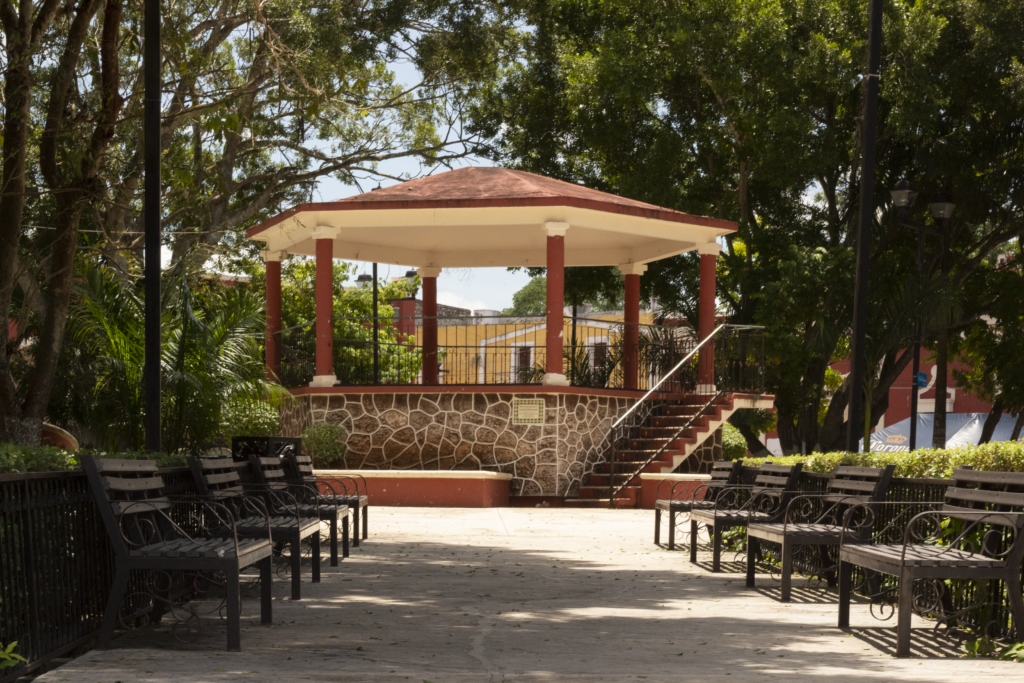
At roughly 165 kilometers from Mérida, Espita is slowly becoming a popular tourist destination for people looking to experience the wonders of colonial Yucatán.
Its convenient location makes it an easy stop on the way to Chichén Itzá, one of the region’s many amazing cenotes, or even the famous Coloradas.
Its location near cenotes, enchanting towns, and the famous Coloradas, make Espita a very logical home base to explore other places.
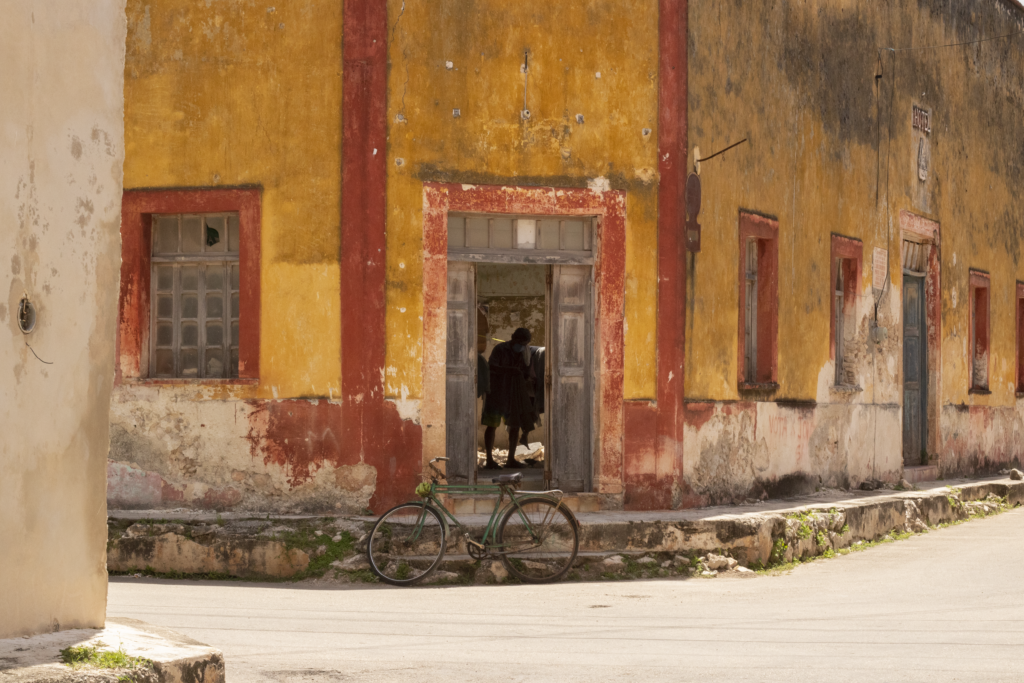
International residents are slowly turning up to Espita. The market for colonial homes has grown considerably in the past 10 years. Really good deals can still be found, although with more and more people arriving they are becoming more scarce.
Espita is particularly appealing for anyone looking to live in Yucatán far from the hustle and bustle of larger centers, such as Mérida or even Valladolid.
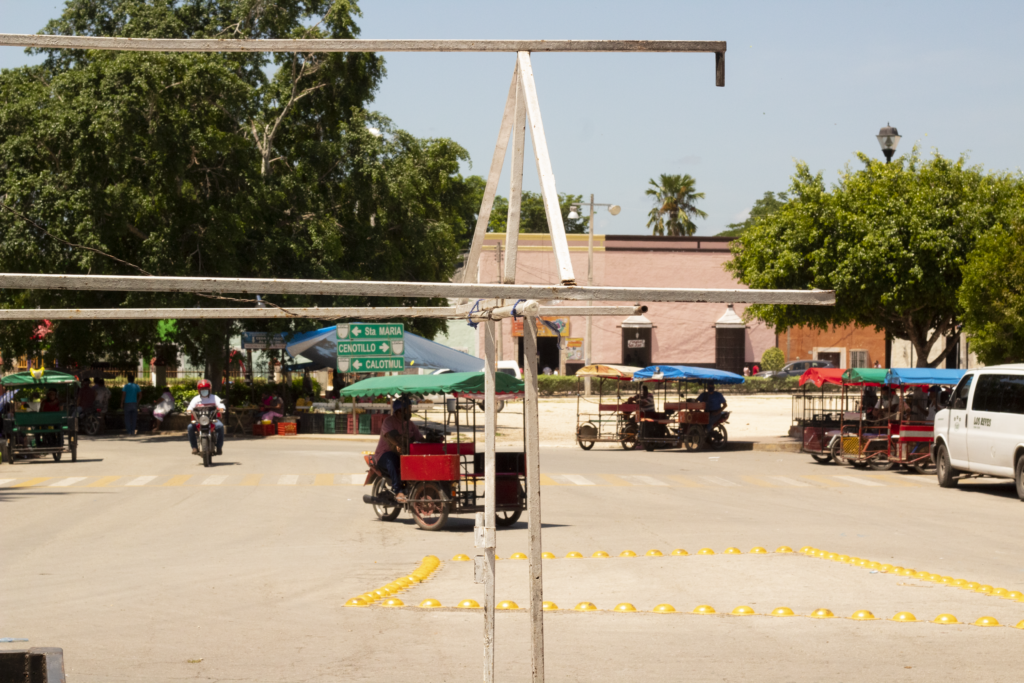
The town, whose name means “poca agua”– scarce water, is mainly known for its storied haciendas, and local traditional fair held every December.
Espita bore witness to many important chapters in Yucatecan history. From the heyday of its great haciendas and the arrival of the railroad, to its pioneering efforts in the printed press, the town lived through many defining moments.
In the early 19th century, Mérida’s growing demand for agricultural products led haciendas in the interior of the state to specialize in corn and sugarcane crops.
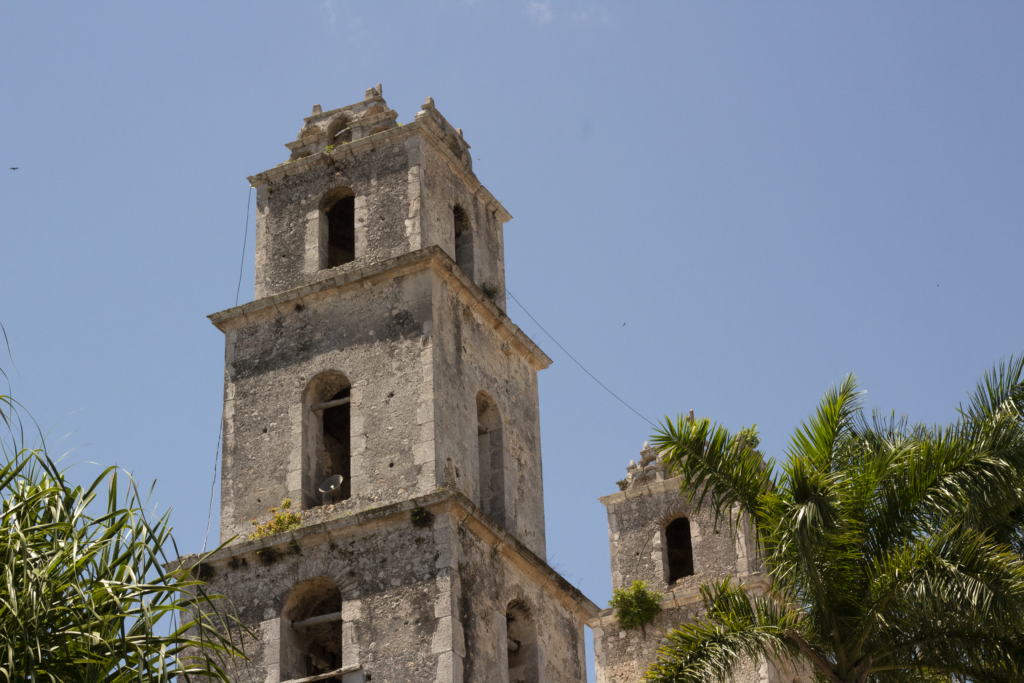
The Caste War (Guerra de Castas) impacted agricultural production in much of the area around Mérida and other major urban centers. Espita became a refuge for families who fled the conflict, which in turn increased the production of the local haciendas significantly.
These economic and demographic developments gave way to the city’s cultural and artistic boom, which eventually gave it the nickname of “The Athens of Yucatán.”
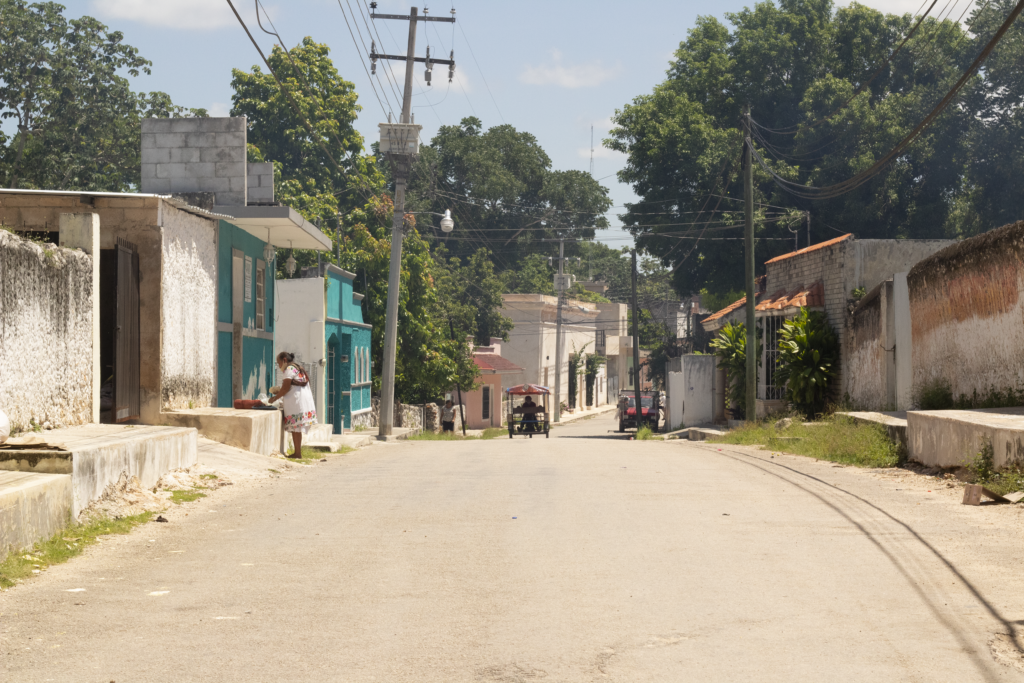
The beginning of the XVII century saw the erection of the church of San José in the center of town — Its namesake being the patron saint of the community since 1568.
In 1738, the church burned down and was rebuilt years later. When construction was completed in 1755, a southern tower in the south had been added to the building. Nowadays, the church sits in the middle of the city’s Centro.
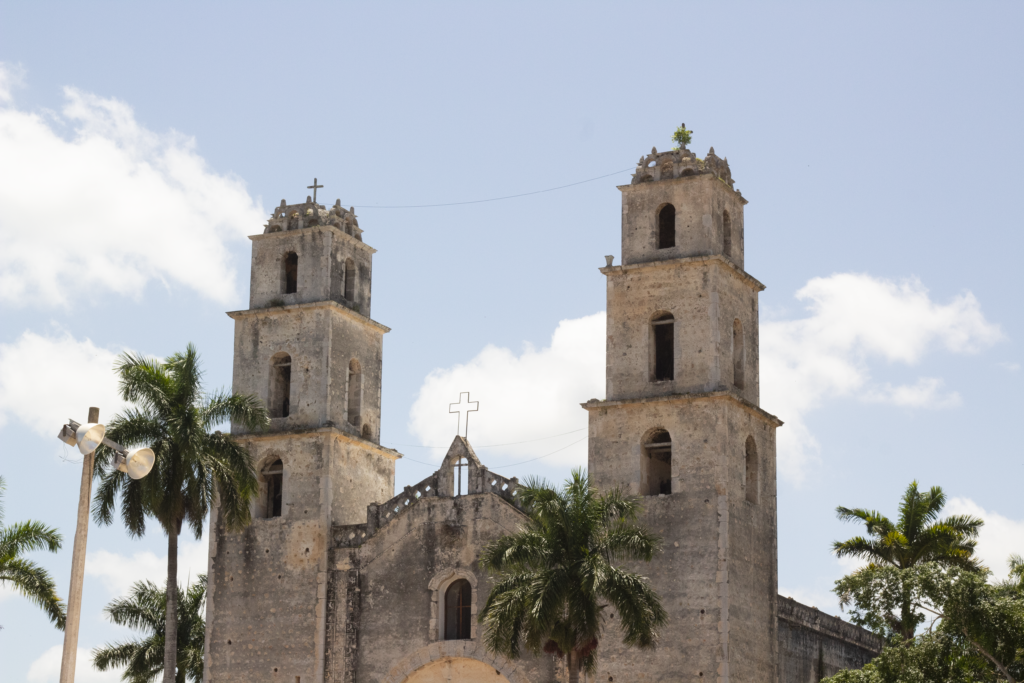
Espita remains a small and quiet community. The town is best explored by foot, walking through its wide streets, markets, and stunning colonial homes.
Espita’s grand old houses are very representative of late 19-century, earliest 20-century Yucatecan architecture, complete with double-height ceilings, brightly colored facades, and pasta floors in unique designs. These buildings now house schools, government offices, and art centers.
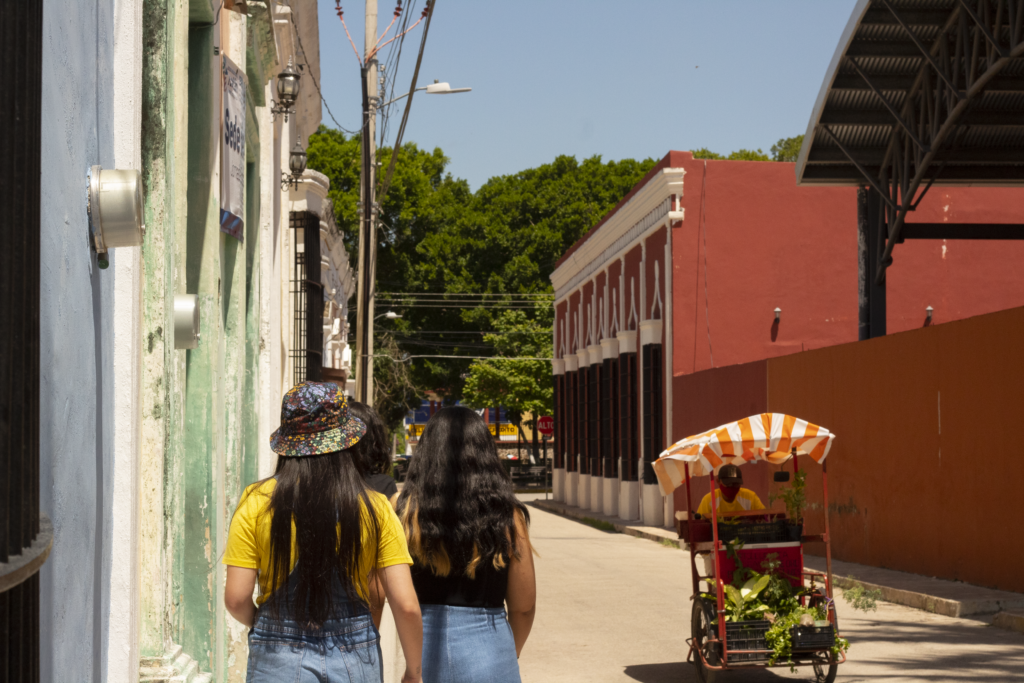
Some notable buildings to look out for are the Palacio Municipal, the Casa de la Cultura, the headquarters of the Sociedad Progreso y Recreo, and the old railroad station.
If you don’t feel like walking and did not bring along a car or a bike, the easiest way to get around is via “tricitaxis”- a form of motorized bicycle abundant through the town.
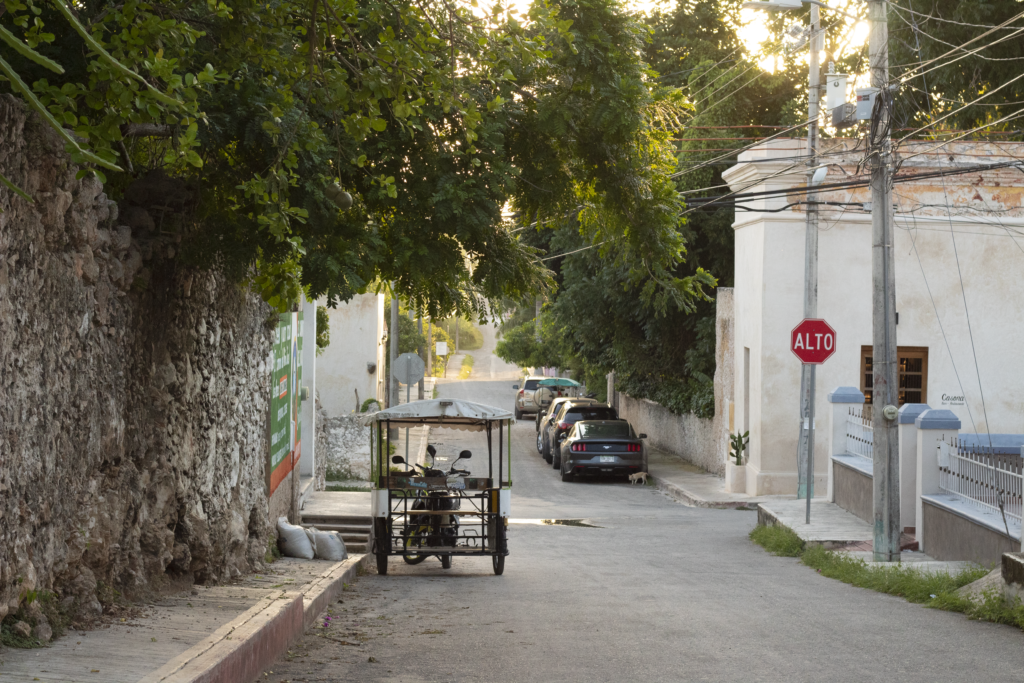
If you are a first-time visitor, tricitaxis are a great way to glean local insight as to where to eat and what to do during your visit. Most drivers are quite talkative and will be happy to make recommendations.
Europeans, Americans, and Canadians have begun buying up properties, especially in the downtown area, for living, renting, and in a few cases to start new businesses. This is the case for Casona Los Cedros – a new boutique hotel and restaurant.
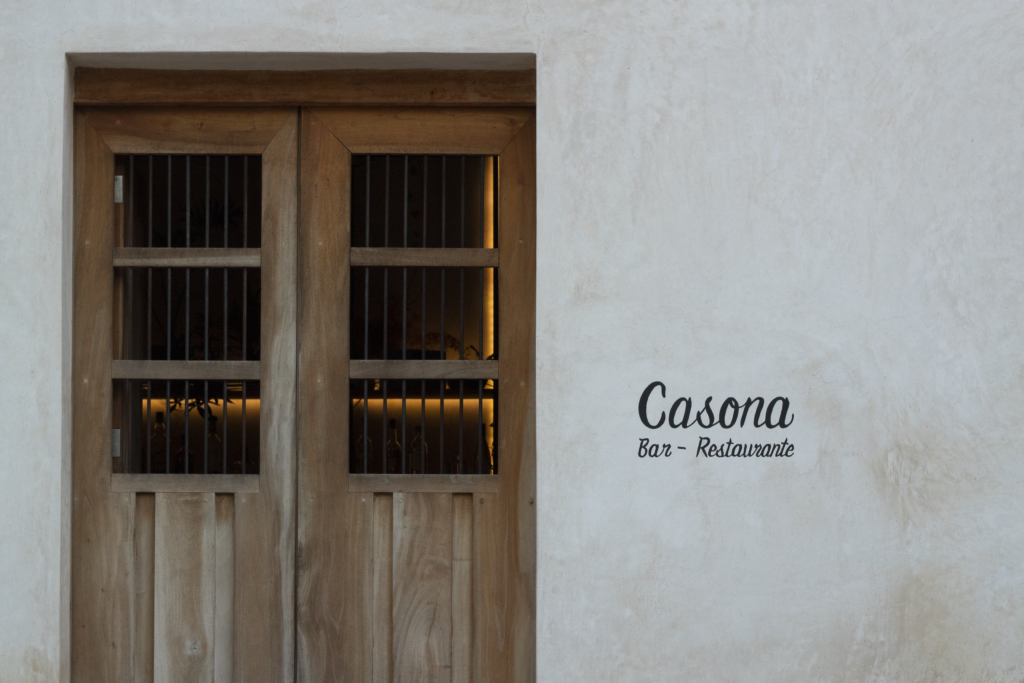
Espita Fair
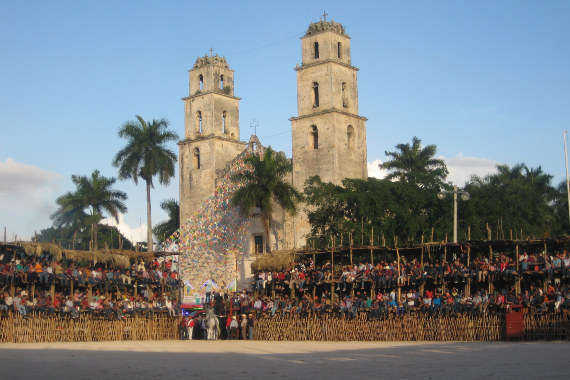
The town’s traditional fair is celebrated every December as part of the religious festivities held that month. It is renowned throughout Yucatán for its bullfights, lively parties, and traditional vaquerías.
On the final day, it is customary to walk in a procession around the community, serenading San José to the rhythm of mariachi music.
The village fair usually lasts until Dec. 31, and hosts visitors from all around the state and beyond.
Since the outbreak of the COVID-19 pandemic, the fair has been put on hold, but Espiteños are hopeful that they will be able to resume this beloved tradition soon.
In the meantime, one can still walk around the town and admire the masonry houses, or enjoy a marquesita under the shade of a ceiba in the park.








